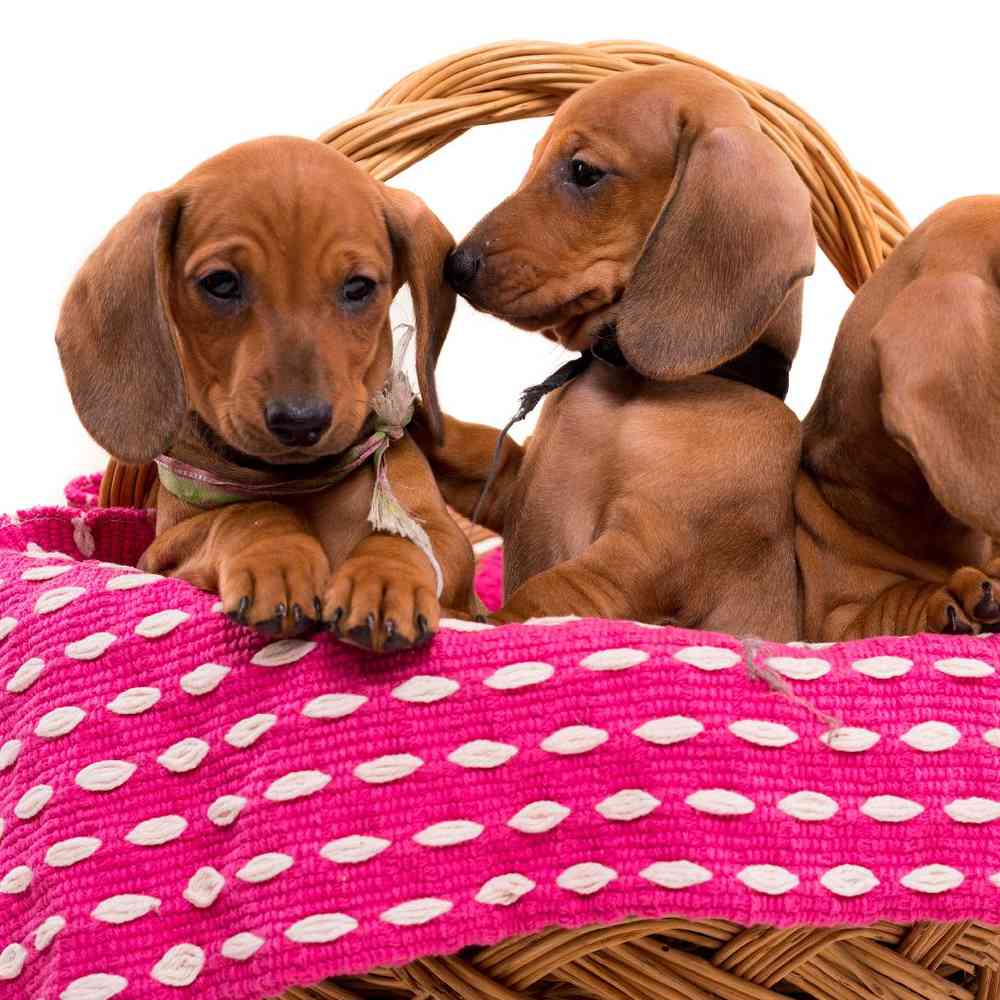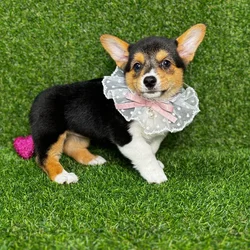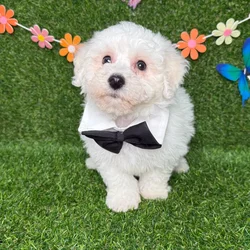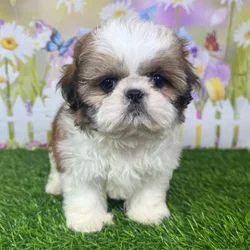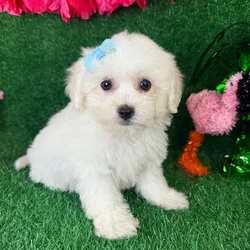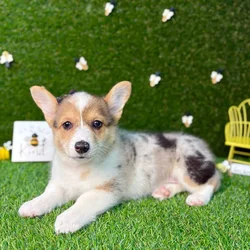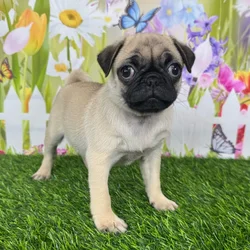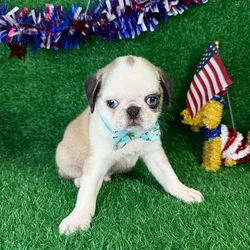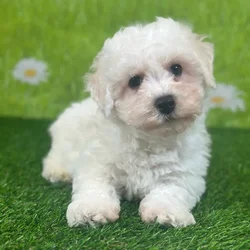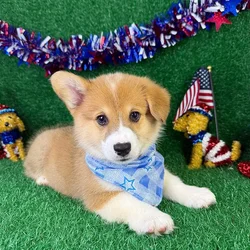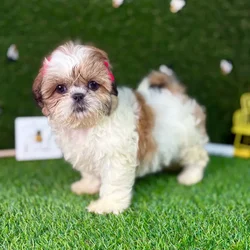Special Characteristics of the Three Coat Varieties The Dachshund is bred with three varieties of coat: (1) Smooth; (2) Wirehaired; (3) Longhaired and is shown in two sizes, standard and miniature. All three varieties and both sizes must conform to the characteristics already specified. The following features are applicable for each variety: Smooth Dachshund Coat-Short, smooth and shining. Should be neither too long nor too thick. Ears not leathery. Tail-Gradually tapered to a point, well but not too richly haired. Long sleek bristles on the underside are considered a patch of strong-growing hair, not a fault. A brush tail is a fault, as is also a partly or wholly hairless tail. Color of Hair-Although base color is immaterial, certain patterns and basic colors predominate. One-colored Dachshunds include red and cream, with or without a shading of interspersed dark hairs. A small amount of white on the chest is acceptable, but not desirable. Nose and nails-black. Two-colored Dachshunds include black, chocolate, wild boar, gray (blue) and fawn (Isabella), each with deep, rich tan or cream markings over the eyes, on the sides of the jaw and underlip, on the inner edge of the ear, front, breast, sometimes on the throat, inside and behind the front legs, on the paws and around the anus, and from there to about one-third to one-half of the length of the tail on the underside. Undue prominence of tan or cream markings is undesirable. A small amount of white on the chest is acceptable but not desirable. Nose and nails-in the case of black dogs, black; for chocolate and all other colors, dark brown, but self-colored is acceptable. Dappled dachshunds-The dapple (merle) pattern is expressed as lighter-colored areas contrasting with the darker base color, which may be any acceptable color. Neither the light nor the dark color should predominate. Nose and nails are the same as for one- and two-colored Dachshunds. Partial or wholly blue (wall) eyes are as acceptable as dark eyes. A large area of white on the chest of a dapple is permissible. Brindle is a pattern (as opposed to a color) in which black or dark stripes occur over the entire body although in some specimens the pattern may be visible only in the tan points. Sable-the sable pattern consists of a uniform dark overlay on red dogs. The overlay hairs are double-pigmented, with the tip of each hair much darker than the base color. The pattern usually displays a widow’s peak on the head. Nose, nails and eye rims are black. Eyes are dark, the darker the better. Wirehaired Dachshunds Coat-With the exception of jaw, eyebrows, and ears, the whole body is covered with a uniform tight, short, thick, rough, hard, outer coat but with finer, somewhat softer, shorter hairs (undercoat) everywhere distributed between the coarser hairs. The absence of an undercoat is a fault. The distinctive facial furnishings include a beard and eyebrows. On the ears the hair is shorter than on the body, almost smooth. The general arrangement of the hair is such that the wirehaired Dachshund, when viewed from a distance, resembles the smooth. Any sort of soft hair in the outercoat, wherever found on the body, especially on the top of the head, is a fault. The same is true of long, curly, or wavy hair, or hair that sticks out irregularly in all directions. Tail-Robust, thickly haired, gradually tapering to a point. A flag tail is a fault. Color of Hair-While the most common colors are wild boar, black and tan, and various shades of red, all colors and patterns listed above are admissible. Wild boar (agouti) appears as banding of the individual hairs and imparts an overall grizzled effect which is most often seen on wirehaired Dachshunds, but may also appear on other coats. Tan points may or may not be evident. Variations include red boar and chocolate-and-tan boar. Nose, nails and eye rims are black on wild-boar and red-boar dachshunds. On chocolate-and-tan-boar dachshunds, nose, nails, eye rims and eyes are self-colored, the darker the better. A small amount of white on the chest, although acceptable, is not desirable. Nose and nails-same as for the smooth variety. Longhaired Dachshund Coat - The sleek, glistening, often slightly wavy hair is longer under the neck and on forechest, the underside of the body, the ears and behind the legs. The coat gives the dog an elegant appearance. Short hair on the ear is not desirable. Too profuse a coat which masks type, equally long hair over the whole body, a curly coat, or a pronounced parting on the back are faults. Tail-Carried gracefully in prolongation of the spine; the hair attains its greatest length here and forms a veritable flag. Color of Hair-Same as for the smooth Dachshund. Nose and nails-same as for the smooth. The foregoing description is that of the ideal Dachshund. Any deviation from the above described dog must be penalized to the extent of the deviation keeping in mind the importance of the contribution of the various features toward the basic original purpose of the breed.
